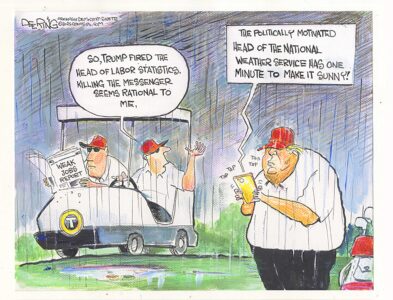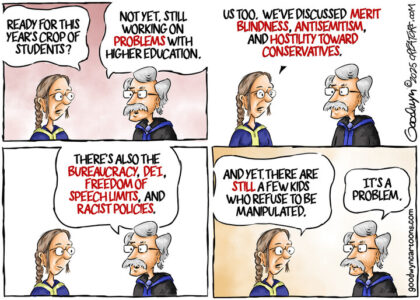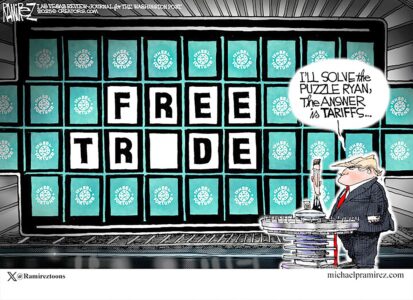When it’s red, it’s time to stop
Stop On Red Week is observed across the country every year during the first full week of August, which is this past Sunday through Saturday.
It highlights the significance of red traffic lights and aims to curb deaths that are caused by drivers breaking the red light rule.
According to the National Highway Traffic Safety Administration, or NHTSA, vehicle accidents resulting from breaking the red light rule were responsible for about 11,877 deaths between 2004 and 2018. In addition, about 139,000 people had been injured.
Join the cause and make the roads safer by spreading the word about why we must obey road safety laws. It’s everyone’s responsibility to save lives and protect those around you.
Stop On Red Week was created by the Federal Highway Administration in 1995 to reduce the severity of traffic collisions by educating the public. The week highlights the risks of running a red light and how reckless driving can destroy lives. The initiative was promoted by the National Coalition for Safer Roads to ensure communities around the country remain protected.
Often traffic signals are not taken seriously by people in a rush. Hence, road accidents are common across the world. The purpose of the week is to highlight the importance of traffic signals and the damage caused when the rules are ignored. It focuses on how essential the red traffic light is to control speeding vehicles.
Some tips for keeping you and others safe on the road —
— Eliminate multitasking. Being distraction-free, with both hands on the wheel, allows you to react quickly to obstacles you’ll likely encounter while driving and adjust to the road when needed.
— Three-second stop. Red means stop — whether that’s a red light or a stop sign. Rolling stops don’t count.
— Leave room between vehicles. Stopping close to the vehicle in front of you increases the risk of a collision, removes the opportunity for maneuvering in case of an emergency, and hinders both drivers’ visibility on the road.
— Speak up. It is good practice to pay attention to the roads as a passenger. If you have any doubts that your driver saw a road sign or upcoming red light, speak up.
You can make a difference. Whether it’s sharing your story, supporting safer road policies or simply stopping at every red light, your action matters. Every life matters at every light.



